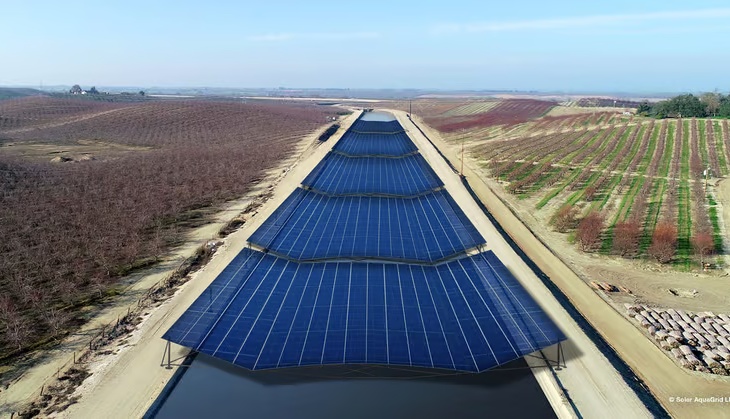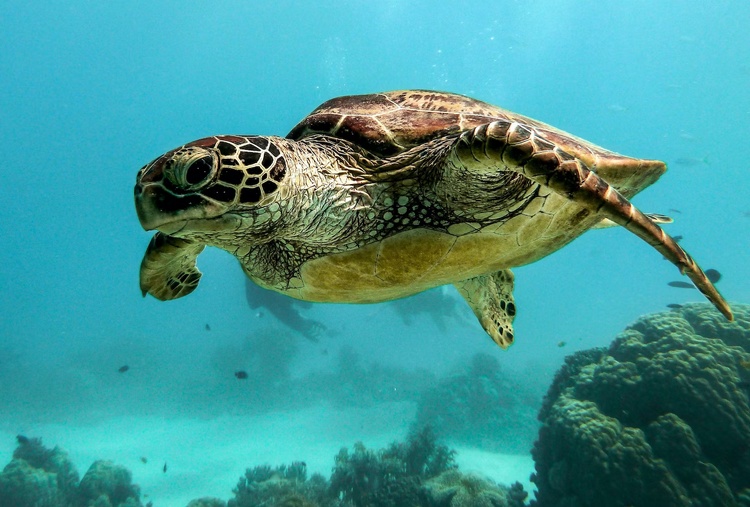November 24 NEC Energy News
¶ “Arizona Solar Canal Project Aims To Save Water While Making Power” • With most of Arizona in a state of moderate to extreme drought, the Gila River Indian Community and the US Army Corps of Engineers have signed a deal to begin a solar-over-canal project. It is designed to reduce evaporation and boost efficiency of the solar panels. [New Atlas]

¶ “Russia’s ‘Cold Shutdown’ At Zaporizhzhia Nuclear Plant Fuels Safety Fears” • The fact that the Zaporizhzhia nuclear power station in Ukraine is in an area of Ukraine that is a war zone has caused global concern. One of the plant’s six reactors is being moved from hot to cold shutdown to find out why boron was detected in a cooling circuit. [Newsweek]
¶ “I Thought Climate Change Was A Hoax. Now I’ve Changed My Mind” • Sarah Ott spent years believing climate change was a hoax, influenced by friends at church in the US south and a popular right-wing radio host. Here she shares her journey from being a climate sceptic to advocating for clean energy, teaching the science of climate change. [BBC]
¶ “Sea Turtle Nests Break Records On US Beaches, But Global Warming Threatens Survival” • Just as they have for millions of years, sea turtles by the thousands crawled from the ocean to US beaches to lay their eggs. This year, record nesting was found in Florida and elsewhere despite growing concern about threats from climate change. [ABC News]

¶ “What Happened To The Great Lakes Offshore Wind Boom?” • Offshore wind projects cropped up all over the Great Lakes region in the early 2010s, attracted by the strong and consistent winds that blow over the lakes. But by the end of the decade, all but one were gone. Icebreaker Wind has no full-time staff and is being pursued by volunteers. [Inside Climate News]
¶ “World’s Biggest Iceberg On The Move After 30 Years” • The world’s biggest iceberg is on the move after more than 30 years being stuck to the ocean floor. The iceberg, called A23a, split from the Antarctic coastline in 1986. But it swiftly grounded in the Weddell Sea, becoming, essentially, an ice island. At almost 4,000 sq km (1,500 sq miles) in area. [BBC]
For more news, please visit geoharvey – Daily News about Energy and Climate Change.
